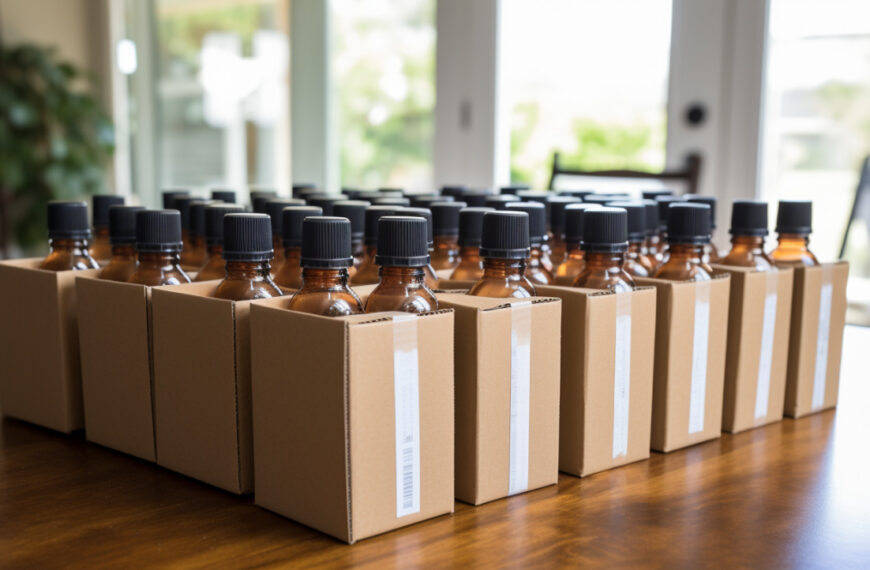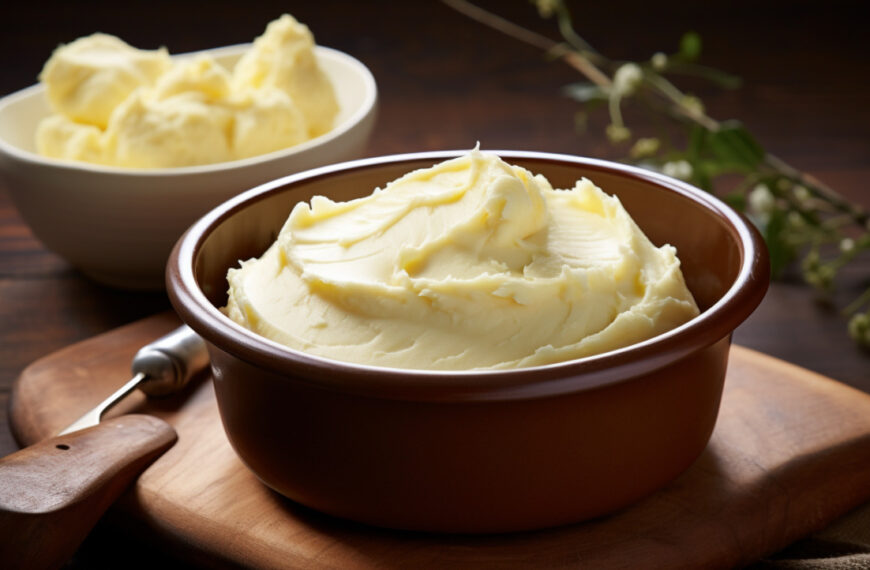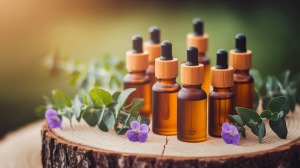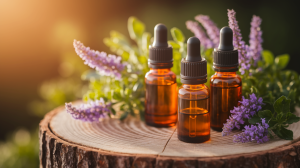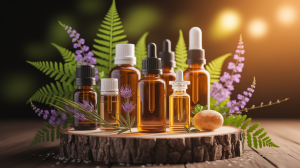The transportation of essential oils is not just a matter of getting from point A to B. These natural, aromatic compounds are delicate treasures of nature, encapsulating the very essence of plants. Like fine wine or gourmet chocolate, essential oils demand careful handling, especially regarding temperature control during shipping. Let’s explore why temperature matters so much and how maintaining the right conditions can be the difference between a potent, aromatic product and a compromised one.
The Fragile Nature of Essential Oils
Essential oils are the concentrated spirits of plants, extracted through processes like steam distillation, cold pressing, or solvent extraction. These methods delicately coax out the oils, preserving the complex compound mix that gives each oil its unique aroma and properties. However, this complexity also makes essential oils incredibly sensitive to environmental factors, particularly temperature.
Why Temperature Matters
Temperature fluctuations can be the bane of essential oil quality. High temperatures can lead to evaporation and oxidation, two processes that can significantly alter the chemical composition of an oil. When an essential oil gets too warm, its more volatile components can evaporate, diminishing its aroma and potency. Oxidation is a reaction with oxygen that can change an oil’s structure, potentially creating new compounds that weren’t originally present, some of which may be irritating or less effective.
Conversely, excessively low temperatures can also be problematic. Some oils may become cloudy or solidify if they’re too cold, which, while not necessarily harming the oil, can challenge handling and bottling. It’s also a visual concern; customers might mistake the change in appearance for impurity or spoilage.
Best Practices for Temperature Control
Understanding the delicacy of essential oils, it’s clear that maintaining the right temperature during shipping is paramount. Here’s how shippers ensure these precious liquids arrive at their destination in perfect condition:
1. Temperature Monitoring and Regulation
The cornerstone of any essential oil shipping operation is real-time temperature monitoring. This involves equipping containers or trucks with temperature sensors and, ideally, the ability to adjust conditions remotely. This technology alerts shippers to potential problems and provides valuable data that can help plan future shipments.
2. Insulated Packaging
Proper insulation is a simple yet effective way to protect essential oils from temperature extremes. Packaging solutions range from insulated boxes and thermal blankets to specialized coolers. These materials maintain a stable internal environment, shielding the oils from the external temperature changes that occur during transit, whether by air, land, or sea.
3. Innovative Shipping Methods
As the demand for essential oils grows globally, so does the innovation in their transportation. Shipping companies now offer specialized services tailored to sensitive products like essential oils. These services include:
- Controlled Atmosphere Containers: These are not your average shipping containers. Equipped with advanced climate control systems, they offer precise temperature and humidity regulation throughout the journey, ensuring the oils are not just in a space but in the right environment.
- Expedited Shipping Options: Time is a crucial factor. The less time oils spend in transit, the less exposure they have to potential temperature mishaps. Expedited shipping minimizes this window, offering a speedy yet safe passage for these delicate cargoes.
4. Regulatory Oversight
Quality assurance doesn’t stop at the shipping company. Regulatory bodies and industry standards play a crucial role in maintaining the integrity of essential oils during shipping. Organizations like the International Air Transport Association (IATA) and the International Maritime Organization (IMO) have guidelines specifically for transporting perishable and sensitive goods. Adherence to these regulations ensures compliance and reassures customers about the quality and care taken in transporting these precious goods.
5. Tips for Receivers
The responsibility for maintaining the quality of essential oils doesn’t end with the shipper. Receivers, too, play a pivotal role. Upon receiving a shipment, it’s important to:
- Check the Temperature Immediately: Use a thermometer to ensure the oils have been maintained at the correct temperature throughout their journey.
- Inspect for Leakage or Damage: Any sign of leakage or damage to the packaging could indicate that the oils have been exposed to unfavorable conditions.
- Store Properly Post-Arrival: Once received, essential oils should be stored in a cool, dark place to preserve their integrity until they are ready to be used or sold.
Concluding Thoughts
Shipping essential oils is more than a logistical challenge; it’s a commitment to preserving the essence of nature’s bounty. Every bottle of essential oil holds a symphony of scents, a delicate blend of compounds that together capture the heart of a plant. Ensuring these fragrant melodies arrive intact and resonant at their final destination is a task that demands precision, care, and a deep understanding of the fragile nature of these aromatic treasures.




